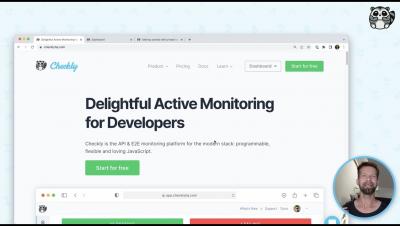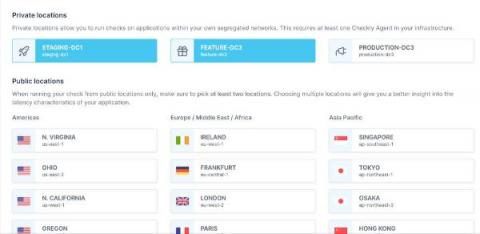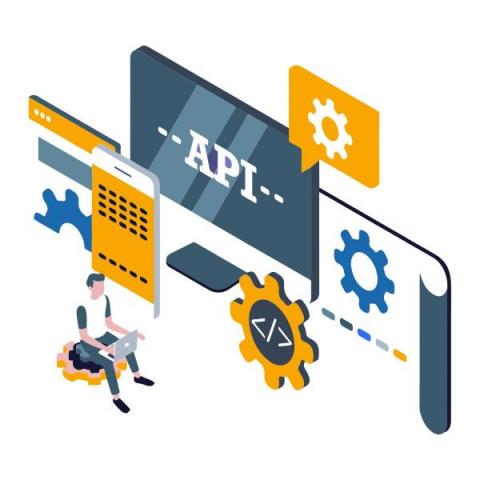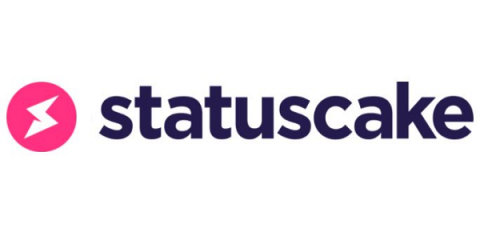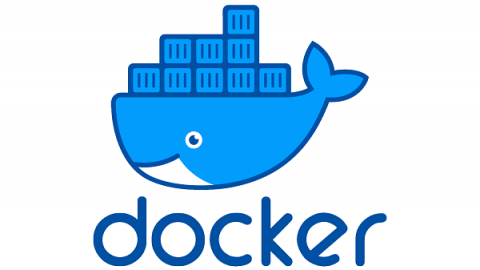Operations | Monitoring | ITSM | DevOps | Cloud
API
The latest News and Information on API Development, Management, Monitoring, and related technologies.
How to run Checkly in your infrastructure - our new private locations
The monitoring and testing of public applications and APIs is challenging by itself. What should you test? How often should you run your tests? And who should be alerted? A scalable monitoring setup includes many hidden details, but technically it’s straightforward. Call public APIs and see if they do what they’re supposed to.
Automate testing for Golang Gin-gonic RESTful APIs
Gin is a high-performance HTTP web framework written in Golang. It contains features and functionalities like routing and middleware out of the box. This helps to reduce boilerplate code, improves productivity, and simplifies the process of building microservices. In this tutorial, I will guide you through the process of building a RESTful API with Golang using the Gin-gonic framework. I will also lead you through building an API to manage the basic details of a company.
Complete guide to GraphQL in Angular [with example]
Continuous Performance Testing in CI Pipelines: CircleCI
With over 50,000 active organizations and 250 million workflows, CircleCI is one of the most popular networked CI platforms. When getting started with CI pipelines, teams typically want to ensure that code will compile, pass unit tests, and build a container image. After catching these low hanging fruit of syntax errors, engineering teams need to dig much further to find business logic and scalability errors.
Why we chose gRPC over REST for Multy
Nowadays, REST is ubiquitous across most kinds of applications. It provides an easy, simple and clear language to communicate between services, usually a frontend and a backend. Although, there are many good alternatives and I want to talk about one in particular - gRPC. From my days as a Software Engineer at Google, I have grown quite fond of gRPC. Google uses it everywhere, from communicating between frontend and backend, to communicating with database servers to all kinds of microservices.
StatusCake GitHub Projects
The StatusCake API allows users of the platform to come up with custom ways of interacting and making our tools work for their specific needs. In this blog post I’m going to look at a few recent projects on GitHub that use the StatusCake API to either save you time or do something interesting with your test data.
Using gRPC with Golang
In this tutorial, you will learn how to work with the gRPC Golang library for microservice communication by creating a simple note-taking application. APIs and service-to-service communication are what make modern microservice architecture possible. REST is generally the preferred implementation pattern, but if you only use REST, you could miss out on the significant performance gains that gRPC can offer. gRPC can provide better speed and efficiency than REST APIs.
Getting Started With Docker Compose and Speedscale CLI
Observability, introspection, logging, and dependency mapping are critical when building APIs. With the advent of microservice architecture, understanding what happens inside your container is vital during development. Speedscale CLI is a container-centric tool that allows you to monitor inbound and outbound traffic. With Speedscale CLI, you can monitor raw requests, latency, encoding, and detected technologies.
CLI Installer
While new cloud native architectures are incredibly feature-rich, they can come with a high barrier to entry. Many getting started tutorials are pages long and can take forever to complete. But these always start with the first step of performing an installation. In the spirit of making the installation of Speedscale as simple as possible, we have designed a new interactive installer as part of the speedctl command line interface.


